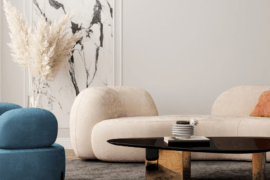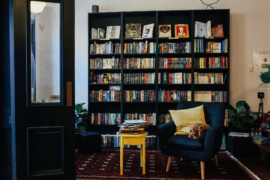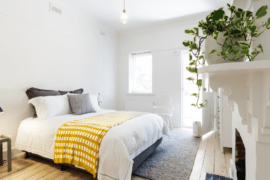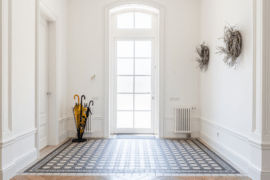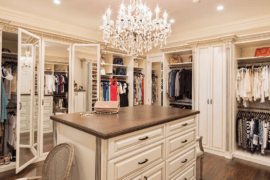Stepping into the world of vintage decor is like embarking on a journey through time, where every item holds a story, and every piece adds a unique charm to your home. Whether you’re drawn to the elegance of mid-century modern, the rustic allure of farmhouse chic, or the whimsical beauty of Art Deco, shopping for vintage decor can be both thrilling and overwhelming.
To help you navigate this delightful yet intricate landscape, we’ve compiled 15 essential tips on finding timeless treasures, making informed purchases, and creating a cohesive, stylish space brimming with character and history.
1. Know Your Style
Before diving into the vintage market, it’s crucial to have a clear understanding of your personal style. Are you drawn to mid-century modern, shabby chic, industrial, or Art Deco? Knowing what you like will help you make more informed choices and avoid impulse buys that don’t fit your aesthetic.


2. Research and Educate Yourself
Spend time researching different periods and styles of vintage decor. Familiarize yourself with key characteristics, typical materials, and common manufacturers of the era you’re interested in. This knowledge will help you identify authentic pieces and avoid overpriced items.
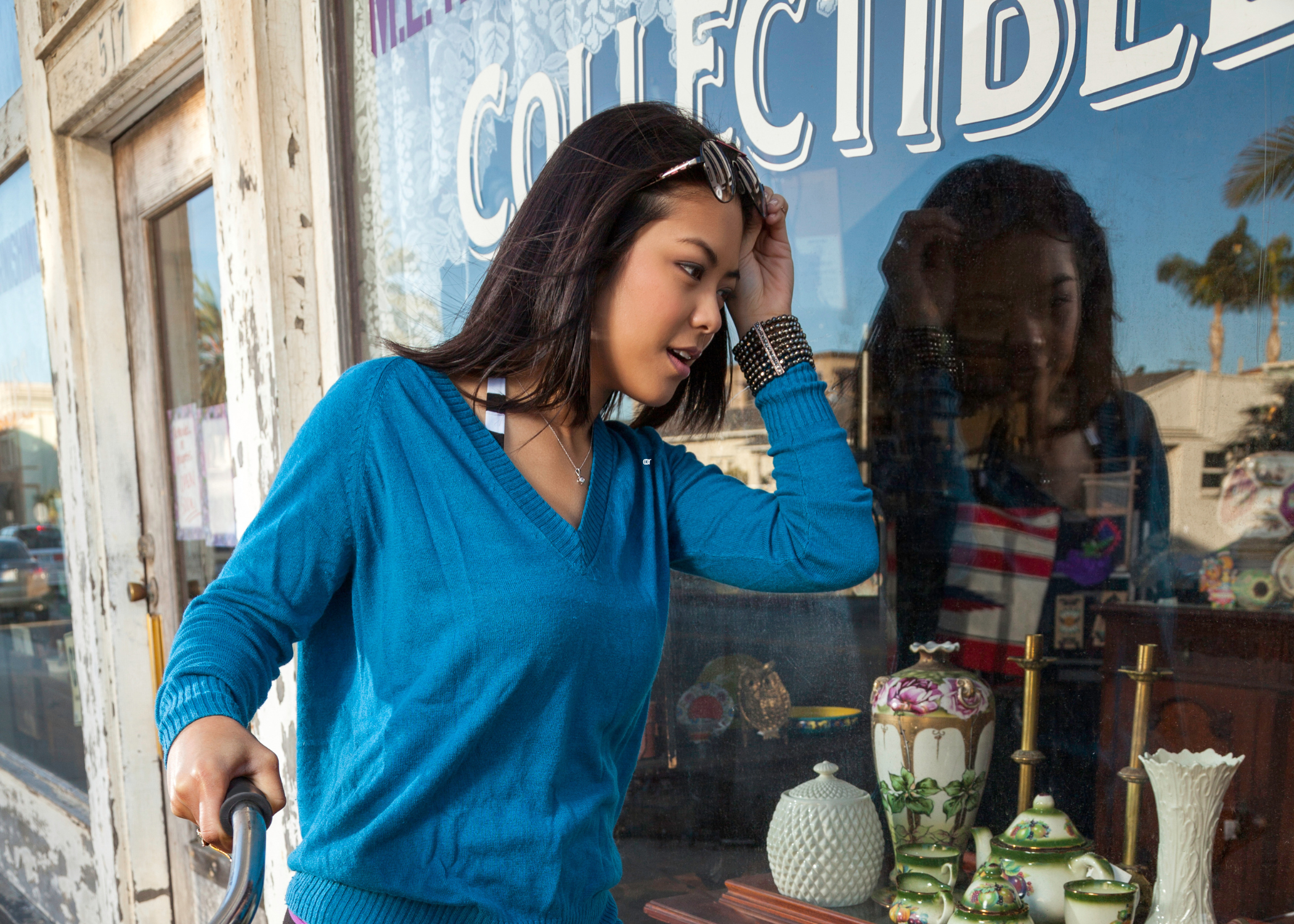
3. Set a Budget
Vintage decor can range from affordable to extremely expensive. Setting a budget beforehand will help you stay focused and make wise purchasing decisions. Remember to factor in potential restoration costs if you plan to refurbish any pieces.
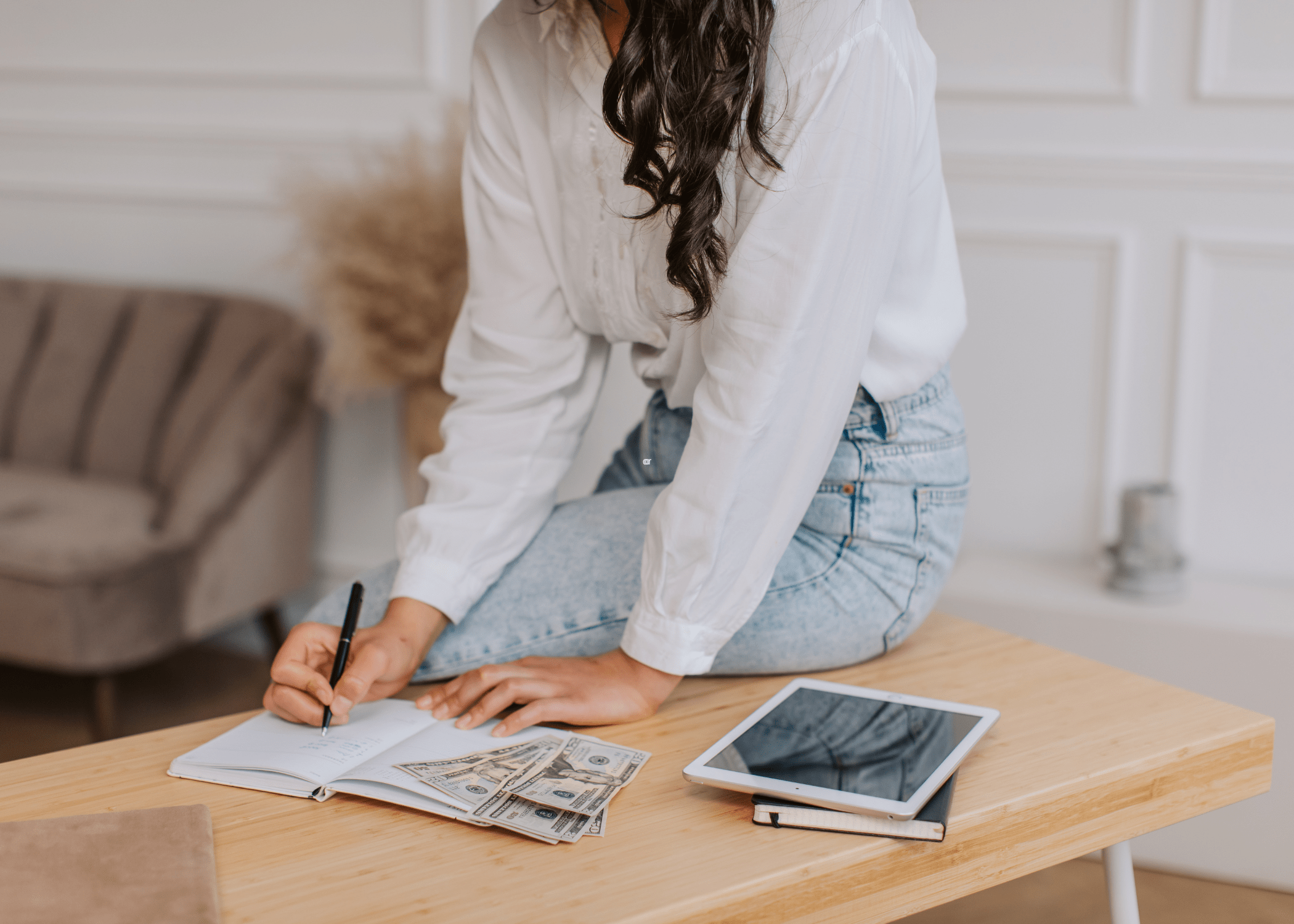
4. Start Small
If you’re new to vintage shopping, start with smaller items like lamps, vases, or picture frames. These pieces can add vintage charm to your space without requiring a significant investment or commitment.
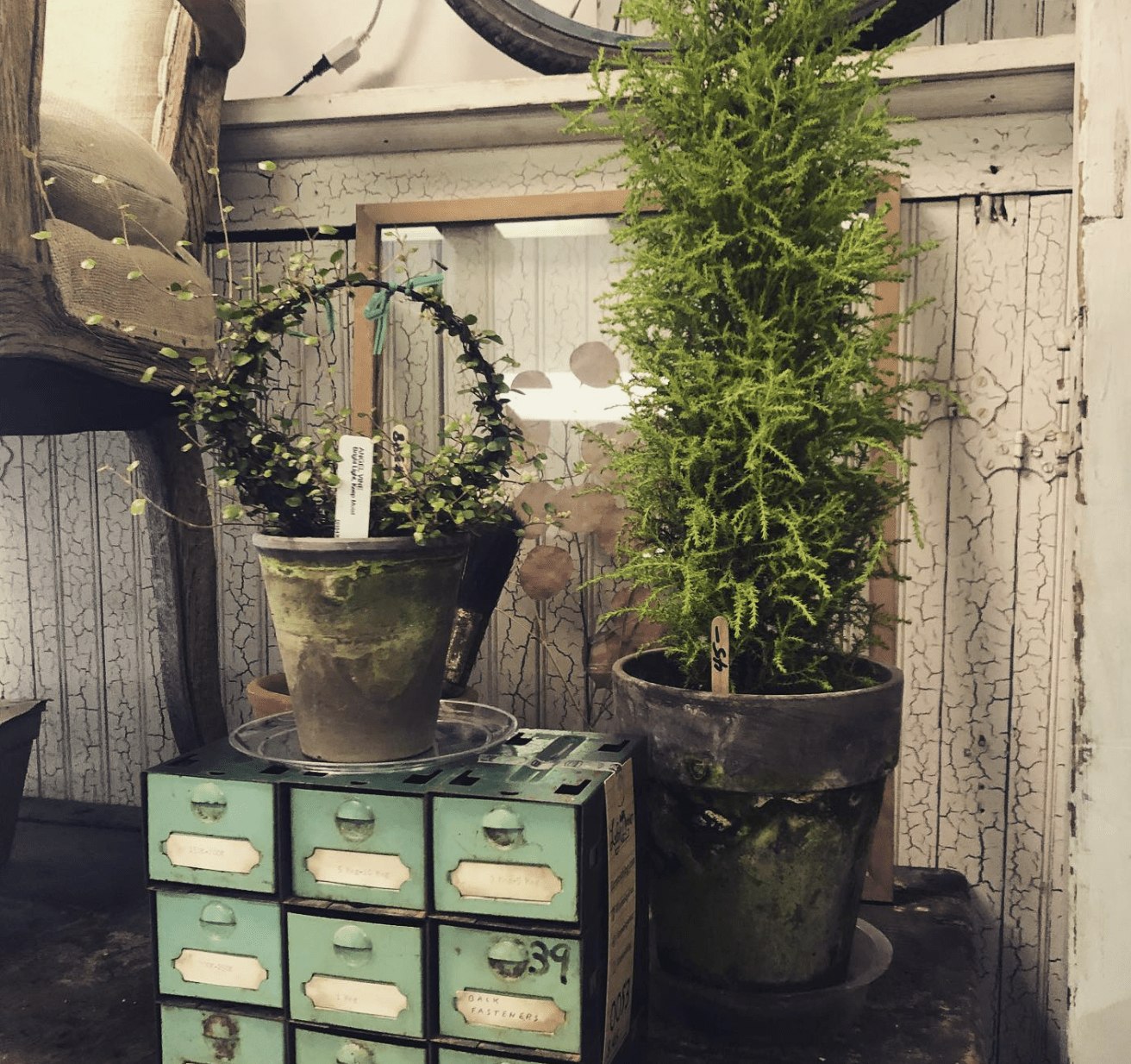
5. Visit Local Thrift Stores and Flea Markets
Local thrift stores, flea markets, and garage sales can be treasure troves for vintage decor. These venues often have a rotating inventory, so frequent visits can yield great finds. Plus, they’re usually more affordable than specialty vintage shops.
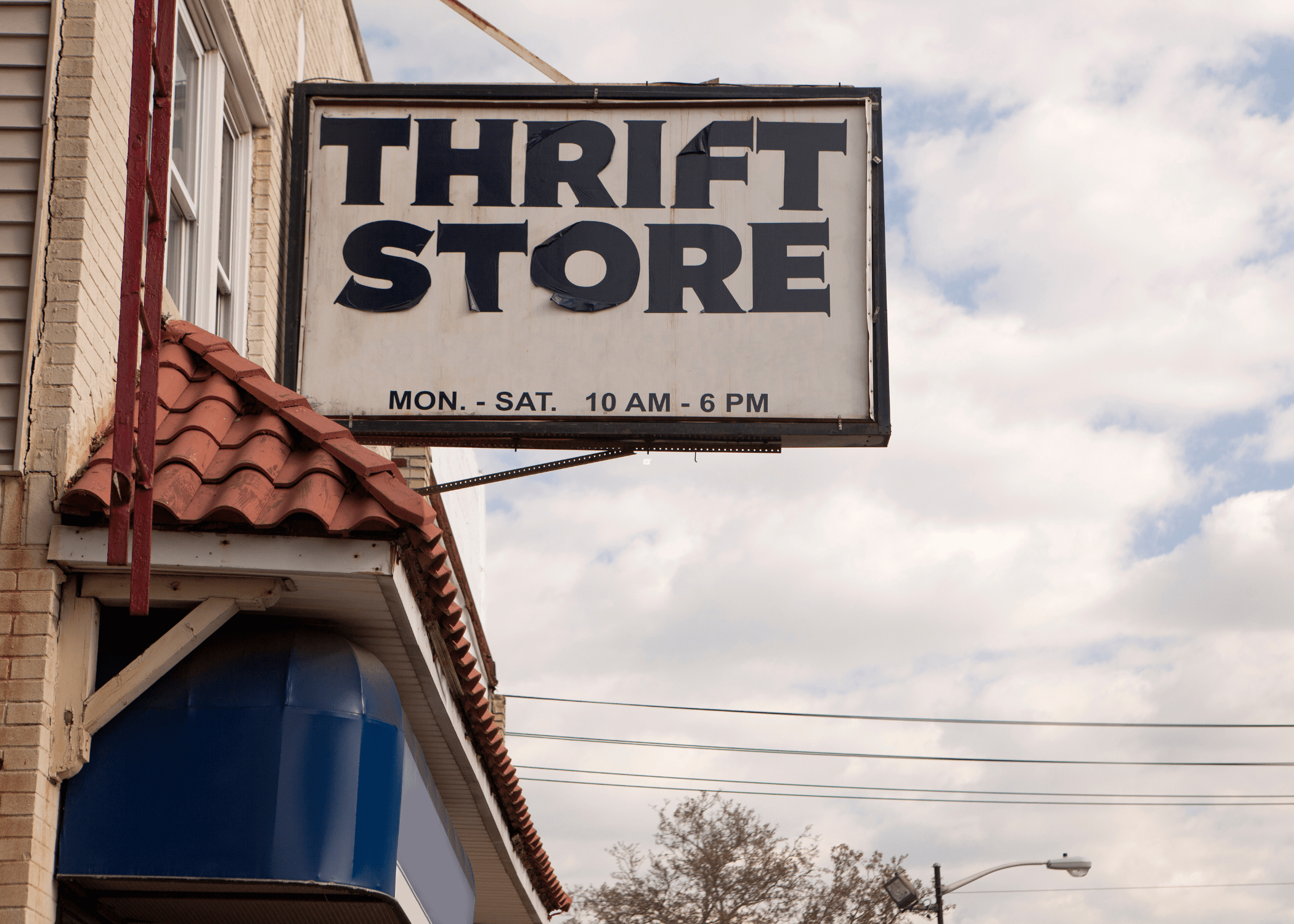
6. Check Online Marketplaces
Websites like Etsy, eBay, and Chairish offer a wide selection of vintage decor items. Use filters to narrow down your search, and read descriptions carefully to ensure authenticity. Don’t hesitate to ask sellers for additional photos or information.

7. Inspect Items Carefully
When shopping in person, inspect items thoroughly for signs of damage, such as cracks, chips, or missing parts. For upholstered furniture, check for stains, smells, and the condition of the fabric and stuffing. Minor imperfections can add character, but significant damage might not be worth the investment.
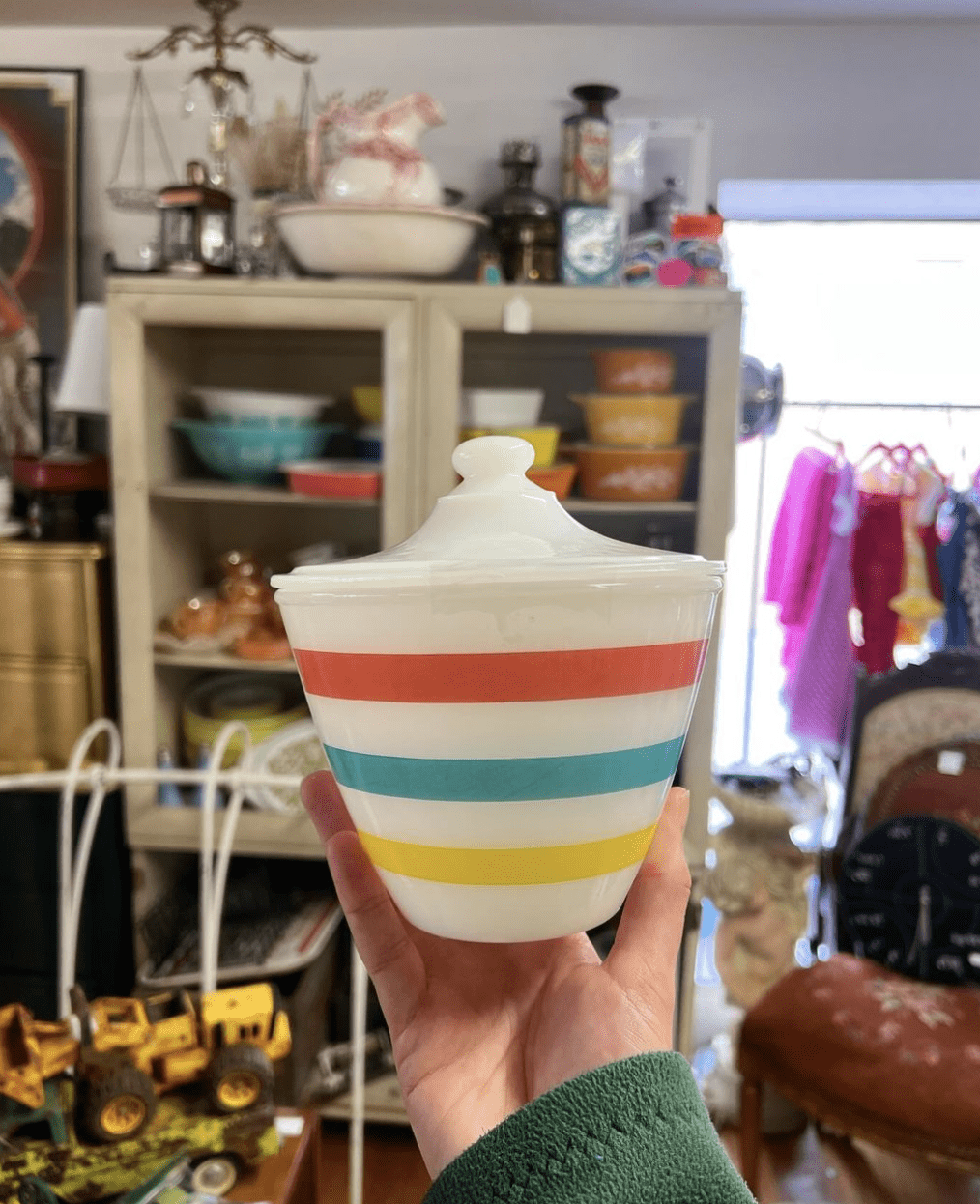
8. Negotiate Prices
Don’t be afraid to haggle, especially at flea markets or garage sales. Sellers often expect some negotiation, and you might score a better deal. Be polite and respectful during the process, and don’t push too hard if the seller is firm on their price.
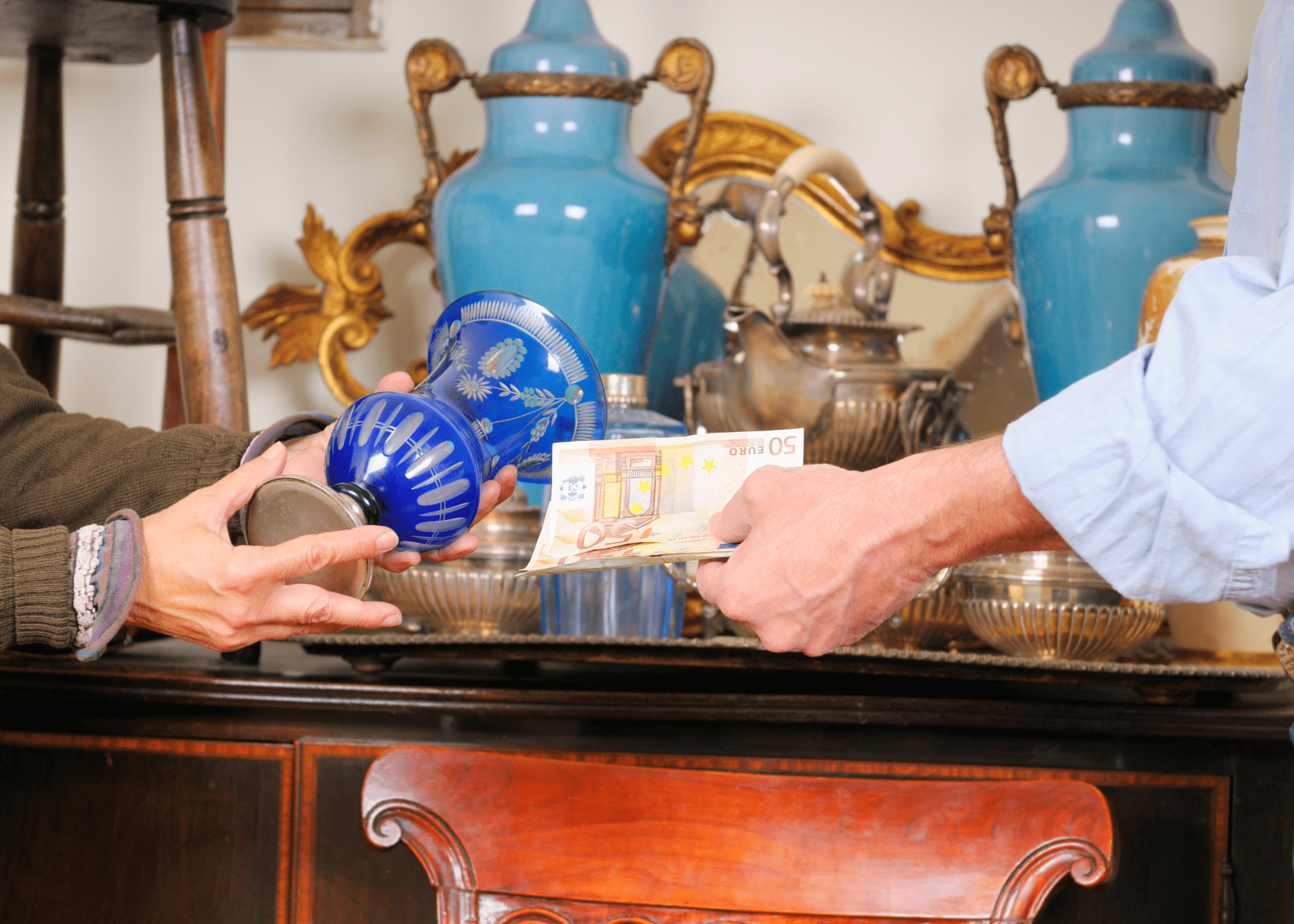
9. Consider the Space
Keep in mind the size and scale of the items you’re purchasing. Measure your space beforehand and bring a tape measure with you to ensure that the pieces will fit well in your home. Oversized furniture or decor can overwhelm a room, while too-small items might get lost.
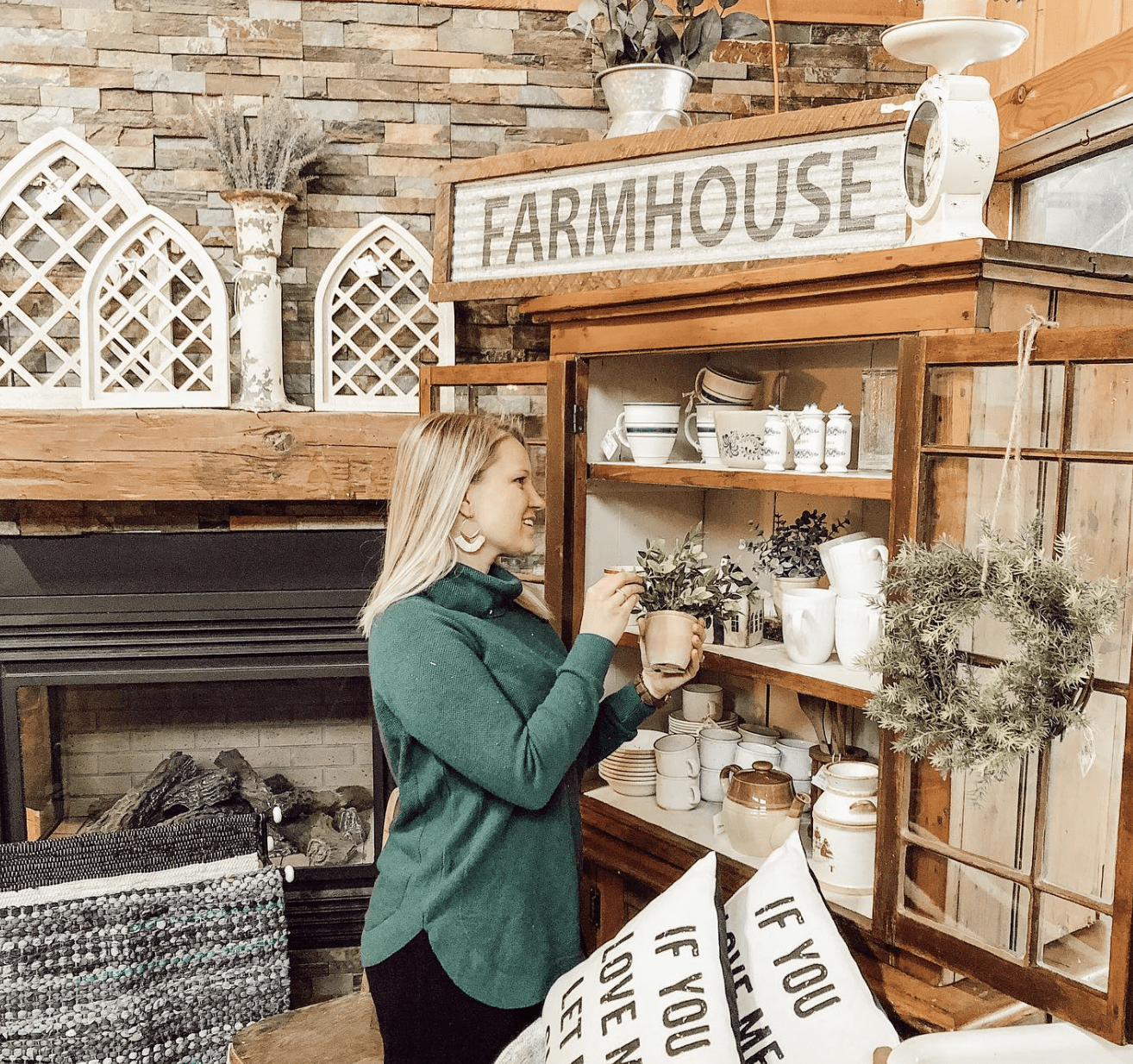
10. Mix and Match
One of the joys of vintage decor is the ability to mix and match different styles and eras. Don’t be afraid to combine pieces from different periods to create a unique and eclectic look. The key is to find a balance and ensure that the items complement each other.
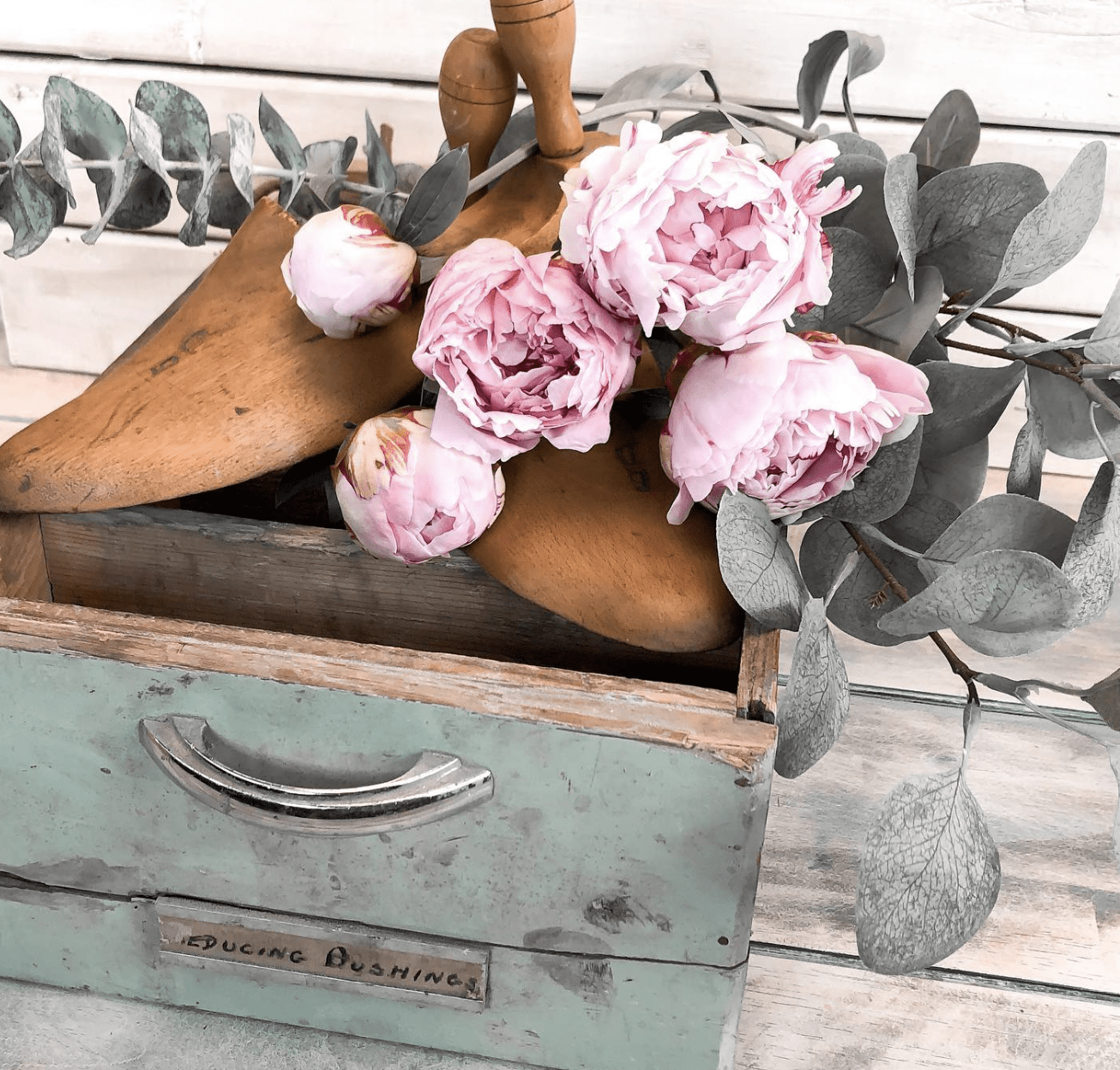
11. Learn Basic Restoration Skills
Simple restoration skills can go a long way in making vintage finds shine. Learn how to clean, polish, and repair minor damages. There are countless online tutorials and resources to help you get started.
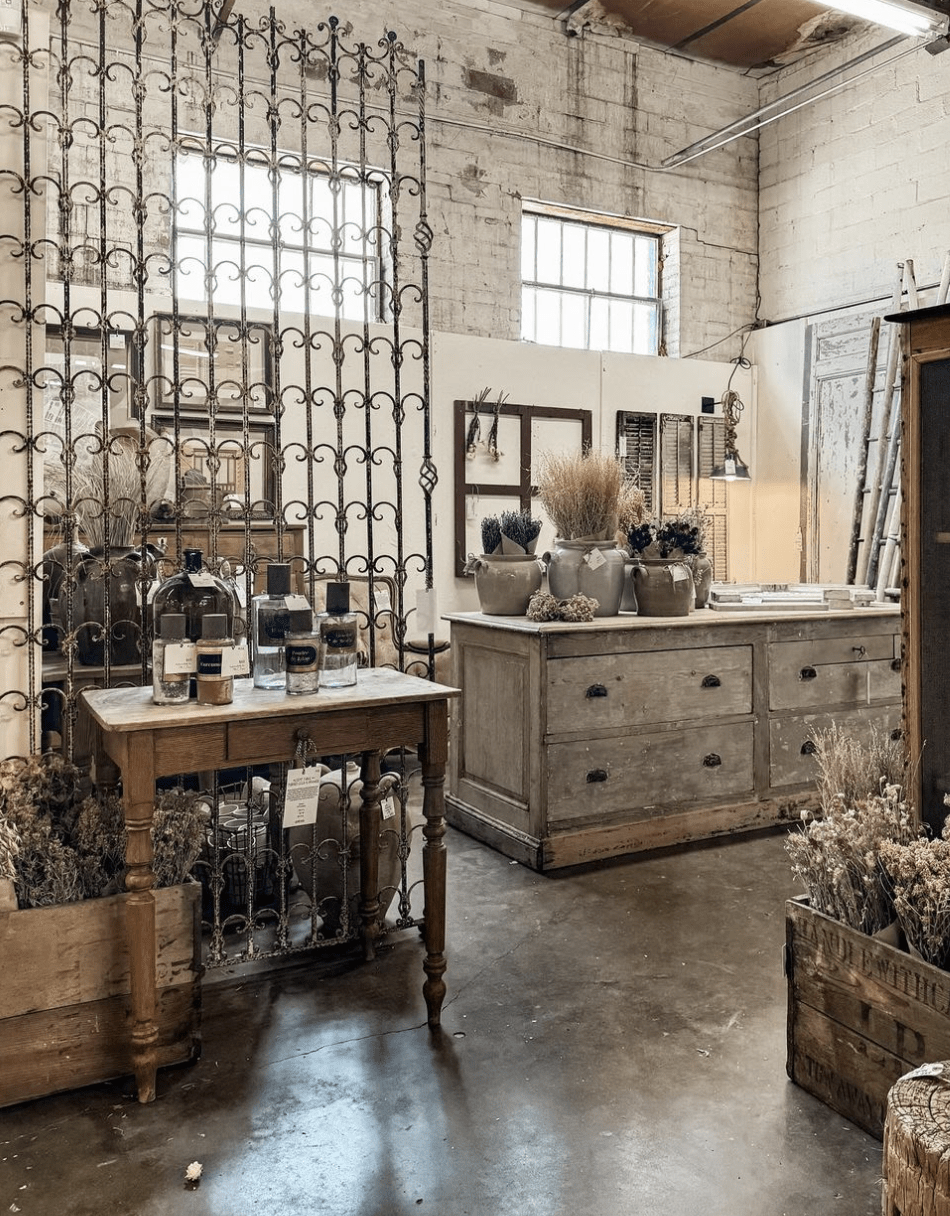
12. Pay Attention to Patina
Patina refers to the natural aging process of materials like wood, metal, and leather. It can add character and authenticity to vintage pieces. However, make sure the patina is genuine and not artificially created to deceive buyers.
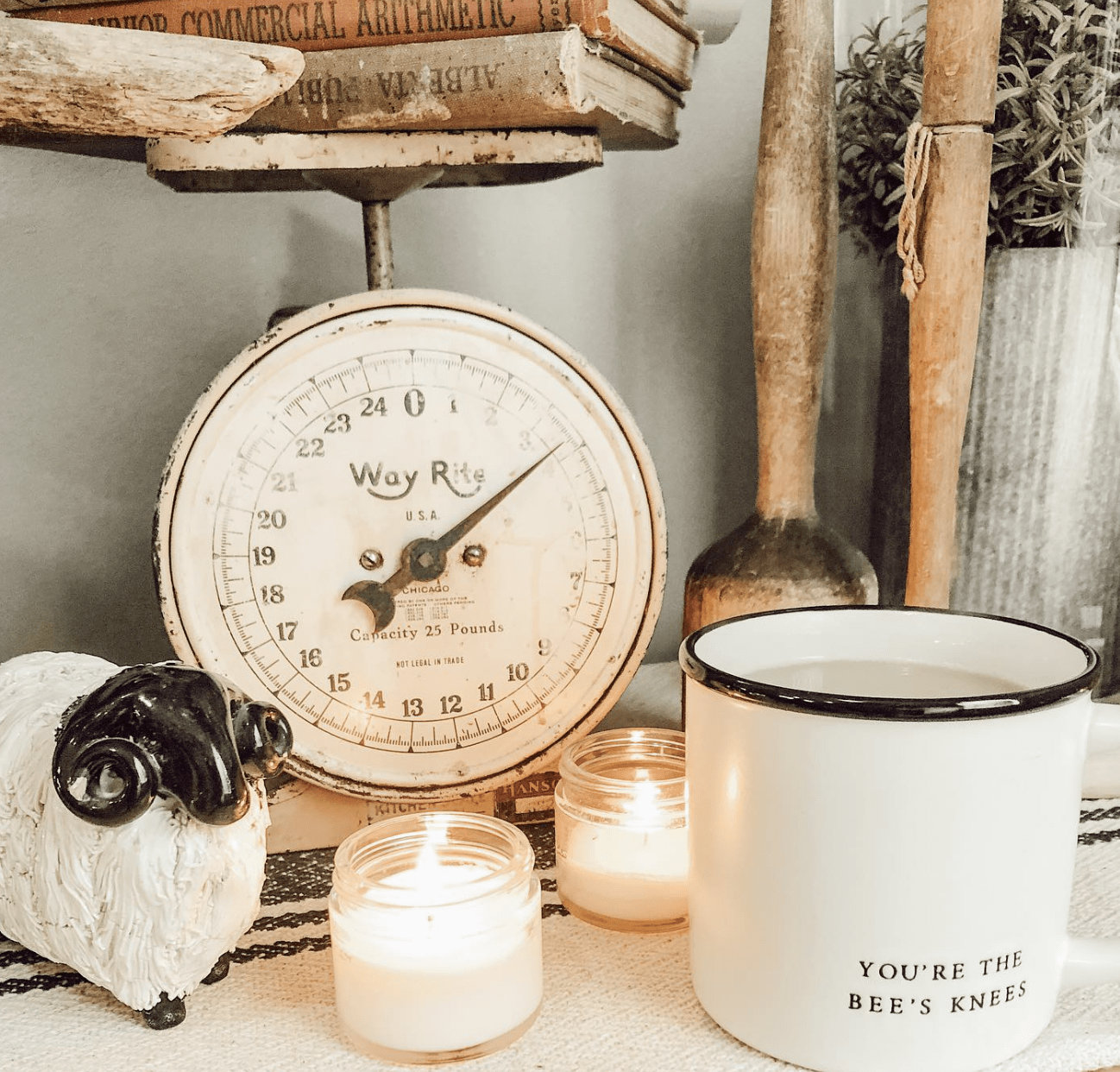
13. Trust Your Instincts
If a piece speaks to you and you can’t stop thinking about it, it might be worth the investment. Trust your instincts and personal taste. After all, vintage shopping is about finding items that bring you joy and reflect your personality.
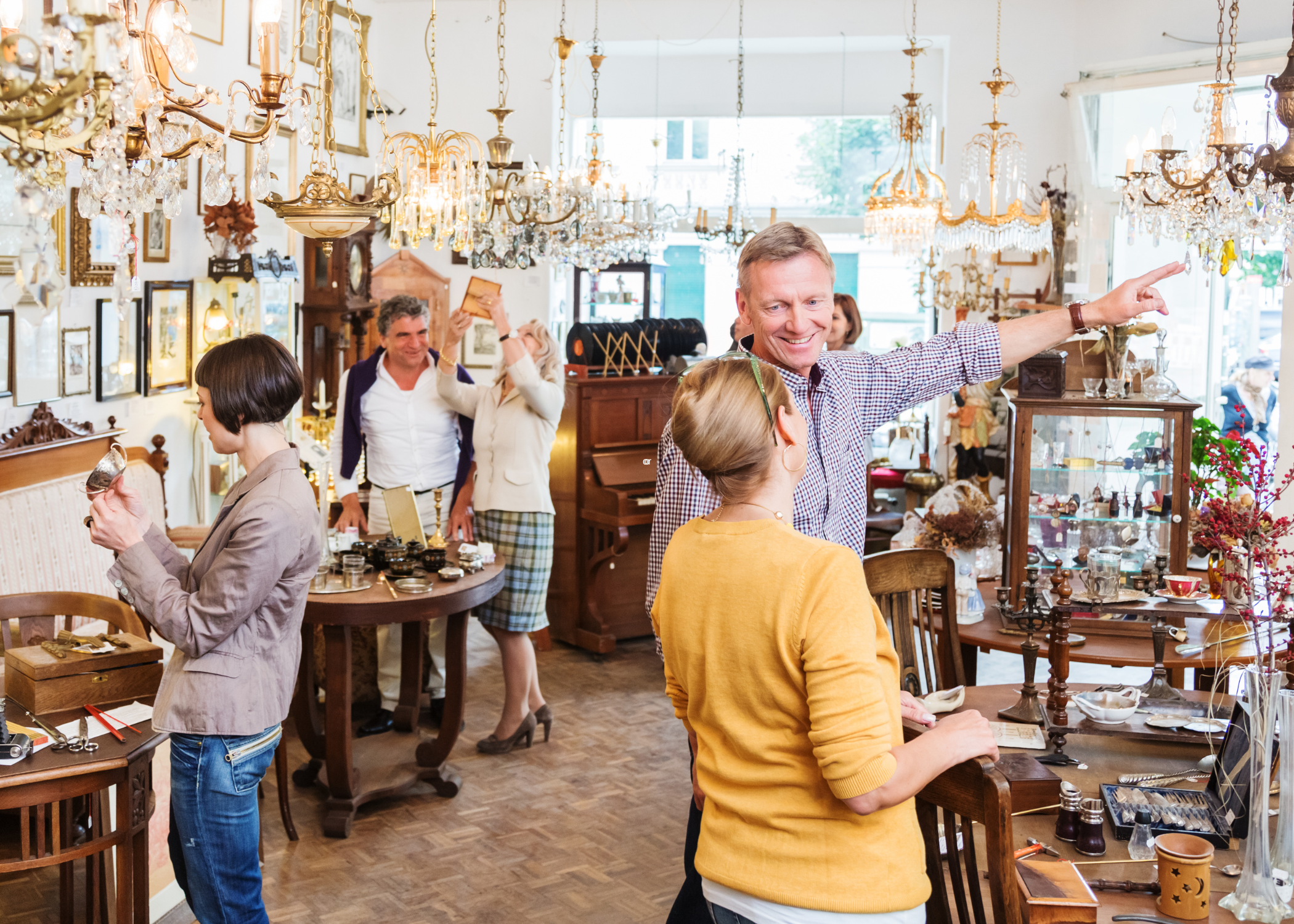
14. Ask About Provenance
When possible, ask sellers about the history and origin of the items. Knowing the backstory can add sentimental value and enhance the uniqueness of your decor.
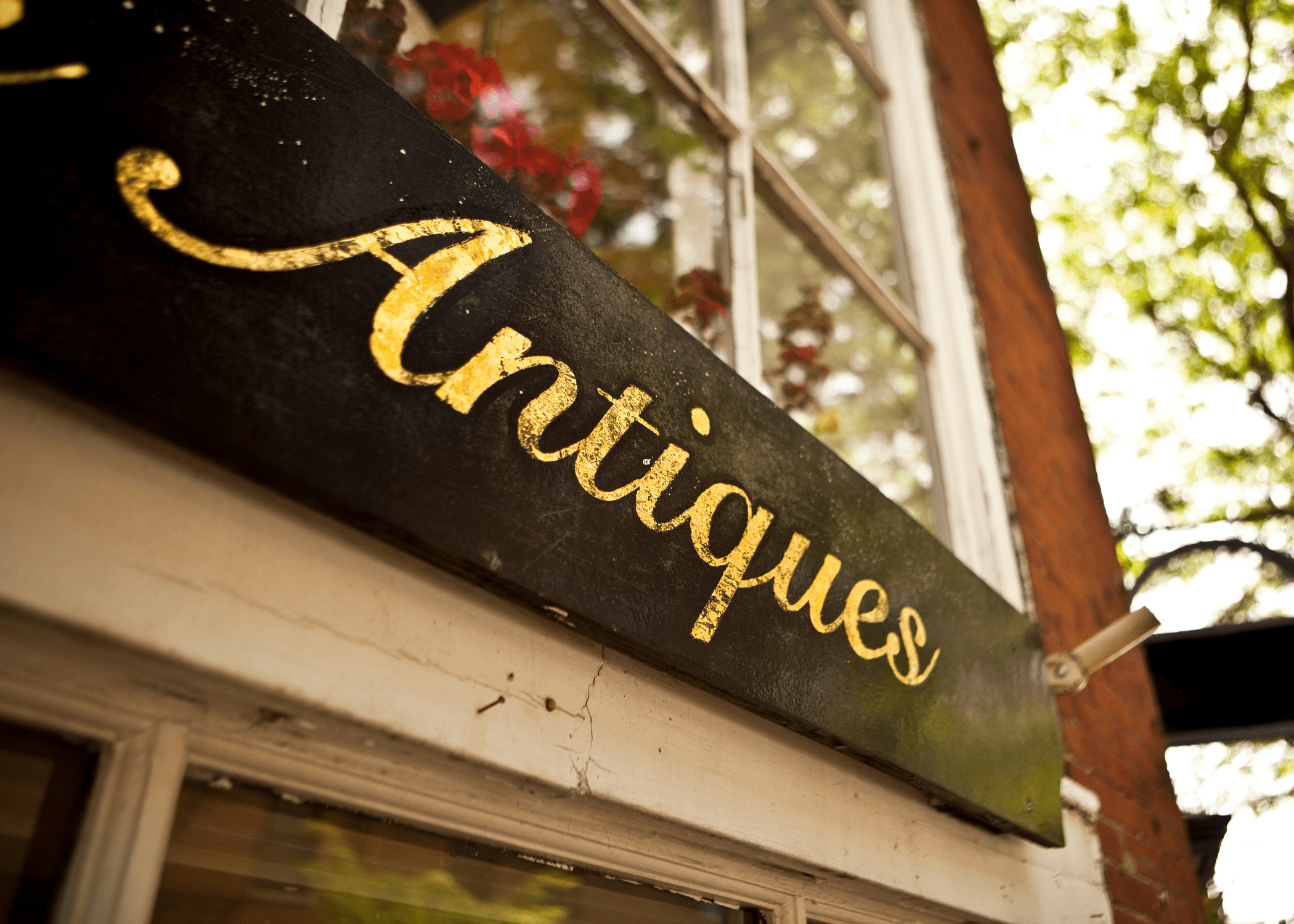
15. Have Fun
Finally, enjoy the process! Shopping for vintage decor should be a fun and rewarding experience. Embrace the hunt, cherish the stories behind each piece, and take pride in creating a home that is uniquely yours.
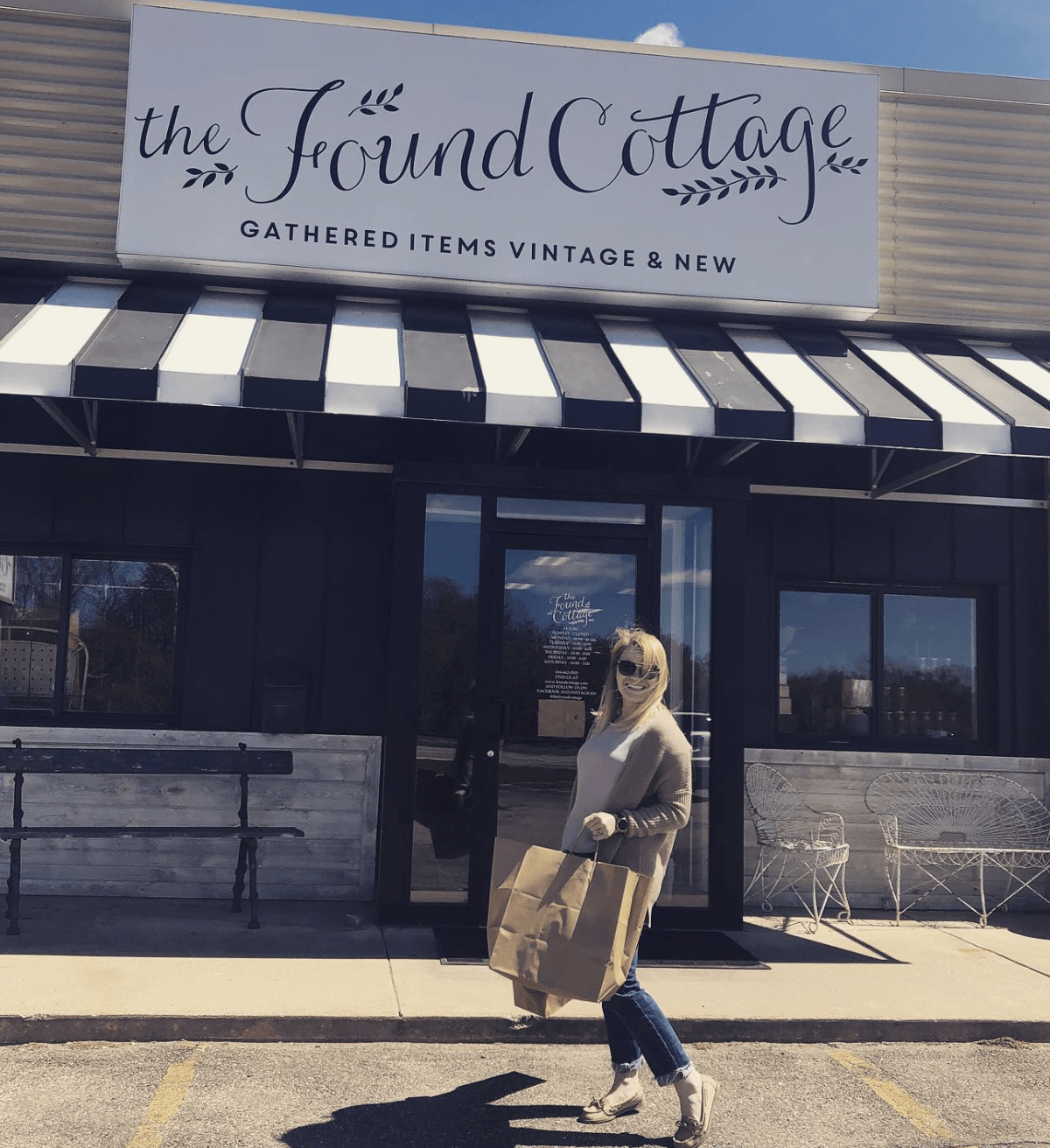
By following these tips, you’ll be well on your way to curating a stunning collection of vintage decor that adds charm, history, and personality to your living space. Happy hunting!
Related Articles
- Cottagecore Bedroom Decor and Design Ideas
- Slow Decorating: What It Is and Why It Works
- The Most Elegant Designs and Decor Ideas For Home Libraries
Ready to bring new life to your home? Subscribe to our newsletter for exclusive interior design tips, trends, and ideas that will transform your space. Click here to subscribe!
Frequently Asked Questions (FAQs)
What should I look for when shopping for vintage decor?
When shopping for vintage decor, it’s important to look for items that are in good condition and maintain their original charm. Check for any signs of damage, such as cracks, chips, or significant wear and tear. Pay attention to the craftsmanship and materials used, as vintage items often boast superior quality compared to modern counterparts. Additionally, consider the item’s provenance and authenticity to ensure you’re getting a genuine vintage piece rather than a reproduction.
Where are the best places to find vintage decor?
There are several great places to find vintage decor. Thrift stores, estate sales, and flea markets are treasure troves for unique and affordable finds. Online marketplaces like eBay, Etsy, and specialized vintage decor websites also offer a wide selection of items. Don’t forget to check out local antique shops and consignment stores, where you can often find hidden gems. Networking with other vintage enthusiasts and joining local collector groups can also lead to valuable discoveries.
How can I tell if a vintage item is authentic?
Authenticating a vintage item can be tricky, but there are some key indicators to look for. Research the brand or maker’s mark, as many vintage items will have identifiable stamps or labels. Examine the construction and materials; genuine vintage pieces often feature high-quality craftsmanship and materials that are different from modern reproductions. Look for signs of age, such as patina, wear, and unique characteristics that come from years of use. If in doubt, consult with an expert or appraiser specializing in vintage decor.
What are some tips for negotiating prices on vintage decor?
When negotiating prices on vintage decor, it’s important to be polite and respectful. Start by researching the item’s market value to have a realistic idea of what it’s worth. When making an offer, be reasonable and prepared to justify your price based on condition, rarity, and comparables. Don’t be afraid to ask for a discount or bundle items for a better deal. Remember, sellers are often willing to negotiate, especially if they’re eager to make a sale.
How can I incorporate vintage decor into my modern home?
Incorporating vintage decor into a modern home can create a unique and eclectic aesthetic. Start by selecting a few key pieces that complement your existing decor. Mix and match vintage items with modern furnishings to create a balanced look. Use vintage decor as accent pieces, such as lamps, mirrors, or artwork, to add character and charm. Don’t be afraid to experiment with different styles and eras to create a personalized and cohesive design.
How do I care for and maintain vintage decor?
Proper care and maintenance are crucial for preserving vintage decor. Dust regularly with a soft cloth to prevent dirt buildup. For wooden items, use a gentle furniture polish to maintain their luster. Avoid placing vintage decor in direct sunlight or damp areas, as this can cause fading and damage. If an item needs repair, seek out professionals who specialize in vintage restoration. With proper care, your vintage decor can remain beautiful and functional for years to come.

